Length 7.92 m | Engine type Continental IO-360 | |
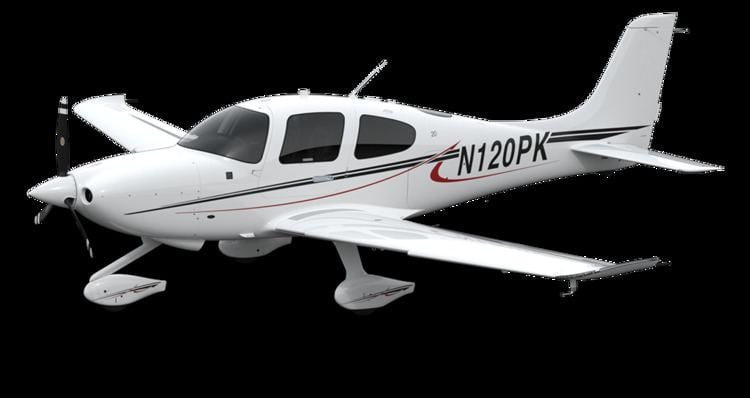 | ||
2014 cirrus sr20 flight evaluation
The Cirrus SR20 is an American piston-engine, four-or-five-seat, composite monoplane built by Cirrus Aircraft of Duluth, Minnesota.
Contents
- 2014 cirrus sr20 flight evaluation
- Design and development
- Variants
- Civil
- Military
- Accidents
- Specifications SR20 G3
- References
The SR20 was the first production general aviation aircraft equipped with a parachute to lower the airplane safely to the ground after a loss of control, structural failure or mid-air collision. It was also the first manufactured light aircraft with all-composite construction and flat-panel avionics.
Design and development

The SR20 was first flown on 21 March 1995. FAA certification was achieved on 23 October 1998. At the time of the airplane's release, the general aviation industry was struggling; the SR20 was one of the first of its kind to earn FAA Part 23 certification in several years. Over a thousand SR20s have been sold since deliveries began in 1999. As of June 2015, more than 6,000 Cirrus aircraft had been delivered, something that no other aviation company has done for decades.
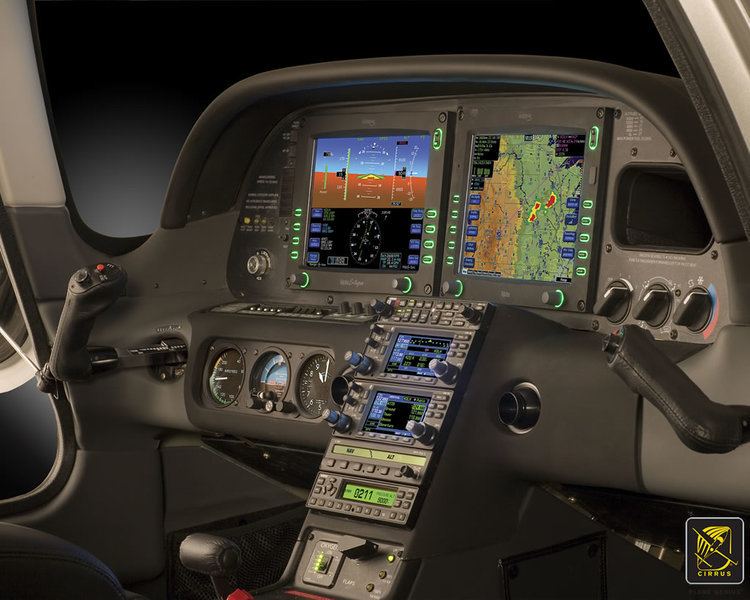
One of the major selling points for the SR20 is its Garmin Cirrus Perspective avionics suite with dual 10-inch (250 mm) or 12-inch (300 mm) screens: one primary flight display (PFD) and one multi-function display (MFD). This provides all standard communication, navigation (GPS and conventional VHF), and surveillance (Mode S transponder) functions. Other avionics features include in-flight weather information and TCAS-like traffic information.
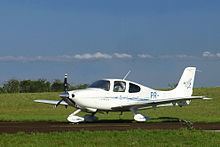
SR20s made from 1999 to 2003 were equipped with traditional analog instruments and a 10" MFD. In July 2003, Cirrus made PFDs standard on their SR-series, pioneering the use of glass cockpits in the light aircraft general aviation industry.
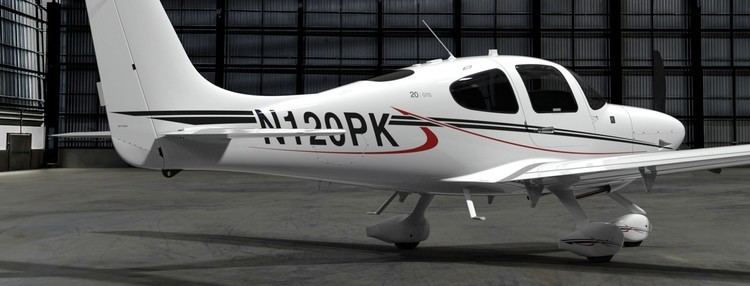
The airplane remains the only of its kind to include side stick flight controls that combine aspects of a traditional yoke handle (this has been referred to in the industry as a "side yoke").
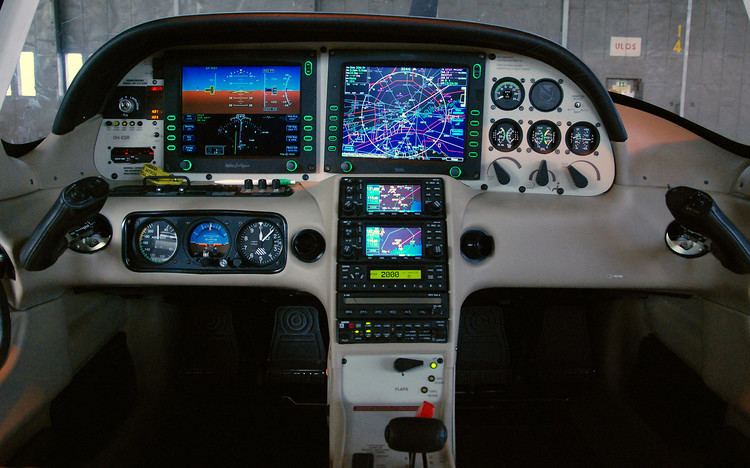
The SR20, like the faster SR22, is equipped with the Cirrus Airframe Parachute System, a large parachute that can be deployed in an emergency to lower the entire aircraft to the ground safely. As of 2015, the SR-series has deployed the system 53 times carrying 107 survivors.

On 1 June 2004, the SR20 became the first aircraft to achieve the new European Aviation Safety Agency certificate for aircraft imported into the European Union.
In 2004, Cirrus introduced the SR20 G2 (Generation 2) and in 2008 the SR20 G3 (Generation 3). Both were defined by airframe modifications, G2 by fuselage and G3 by wing/landing gear changes. Since 2011, simply "SR20" has been used.
In 2012, "60/40 flex seating" was introduced, allowing up to three passengers in the rear with a split fold-down seat arrangement. This five-seat configuration was optional in 2012 but became standard equipment for 2013 SR20 models.
In 2016, Cirrus introduced enhancements to the SR Series, including Bluetooth wireless connectivity, a remote keyless entry, convenience lighting system, and a new easy access door latch, among other interior and exterior improvements.
Variants
Civil
The SR20 is popular with many flying schools and is operated by private individuals and companies. The largest operators are CAFUC (Civil Aviation Flight University of China) operating 40 aircraft, Aerosim Flight Academy which operates 34, Western Michigan University which has 26 and Purdue University with a fleet of 16.
Military
Accidents
On March 23, 1999, Duluth native Scott D. Anderson was killed in a plane crash while flight-testing the first production-model SR20 before it went on sale. Anderson was a pilot, author, engineer and adventurer who served as Chief Test Pilot at Cirrus in the mid- to late-1990s, performing all the inflight test-deployments of the Cirrus Airframe Parachute System (CAPS). His plane, which had not yet been equipped with CAPS, experienced an aileron jam during experimental stress-testing and went down in a field on the prison grounds about 400 meters from the Duluth International Airport. Anderson was inducted into the Minnesota Aviation Hall of Fame in 2010 and is often praised as a hero by the local community.
New York Yankees pitcher Cory Lidle and certified flight instructor Tyler Stanger were killed in the 2006 New York City plane crash on October 11, 2006, when their SR20 crashed into the Belaire Apartments in New York City. The aircraft struck the north side of the building, located on the Upper East Side of Manhattan, causing a fire in several apartments. The accident was the result of high winds and pilot error.
In 2011, the accident record of the SR20 and -22 was the subject of a detailed examination by Aviation Consumer magazine. The review concluded that the series has an overall accident record that is better than average for light aircraft, exceeded only by the Diamond DA40 and DA42. However, its fatal accident rate is much worse at 1.6/100,000 hours, placing it higher than the U.S. general aviation rate of 1.2 and higher than the Diamond DA40 (.35), Cessna 172 (.45), Diamond DA42 (.54), Cessna 182 (.69) and the Cessna 400 (1.0), despite the Cirrus's full aircraft parachute system.
By 2014, the accident rate had been dramatically reduced, with a 2013 fatal rate of 1.01 per 100,000 flight hours. This was attributed to better training, particularly in when to deploy the ballistic parachute system.
By 2015, the accident rate had continued to decrease, with a 2014 fatal rate of .42 per 100,000 flight hours, making it one of the best safety records in the industry. This marked the fewest fatalities in a single year for Cirrus since 2001, and the first year where the number of CAPS deployments (12) exceeded the number of fatal accidents (3).
Between 1999 and 2015 the SR20 was involved in 27 known fatal accidents.
Specifications (SR20-G3)
Data from Cirrus SR20 Specifications Webpage
General characteristics
Performance
Avionics
